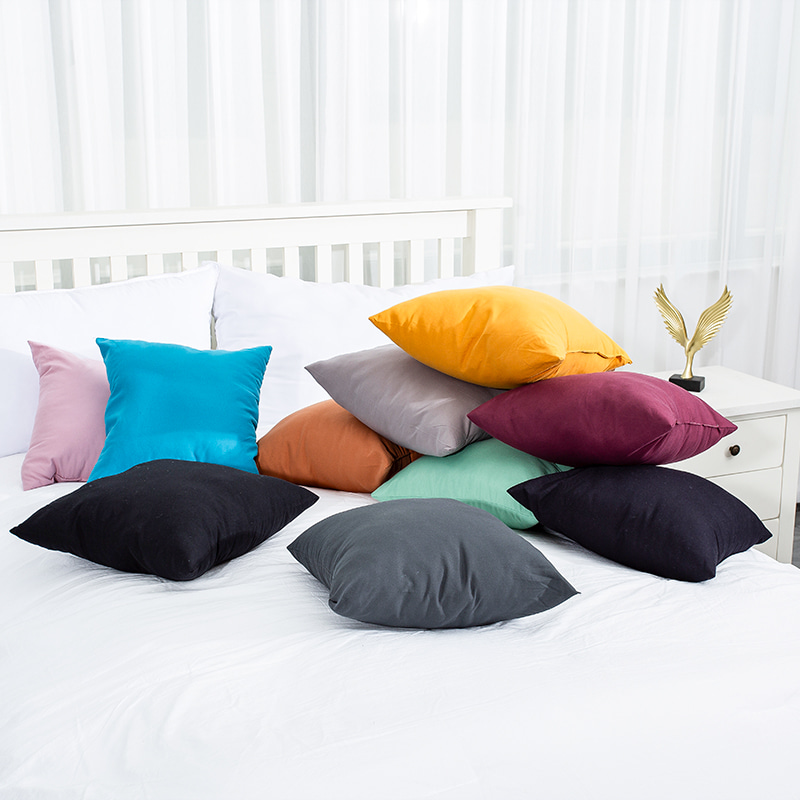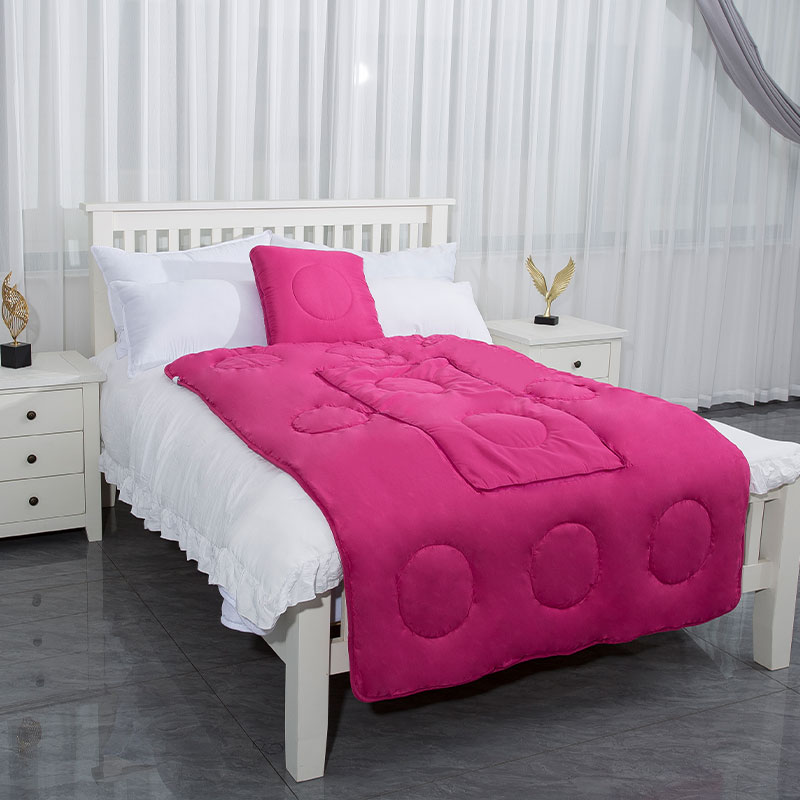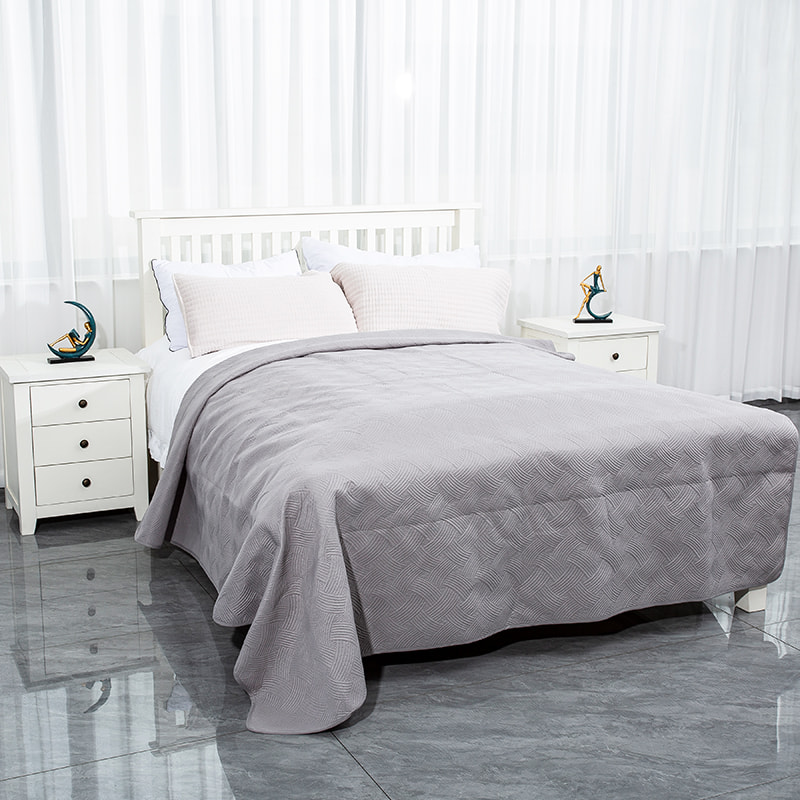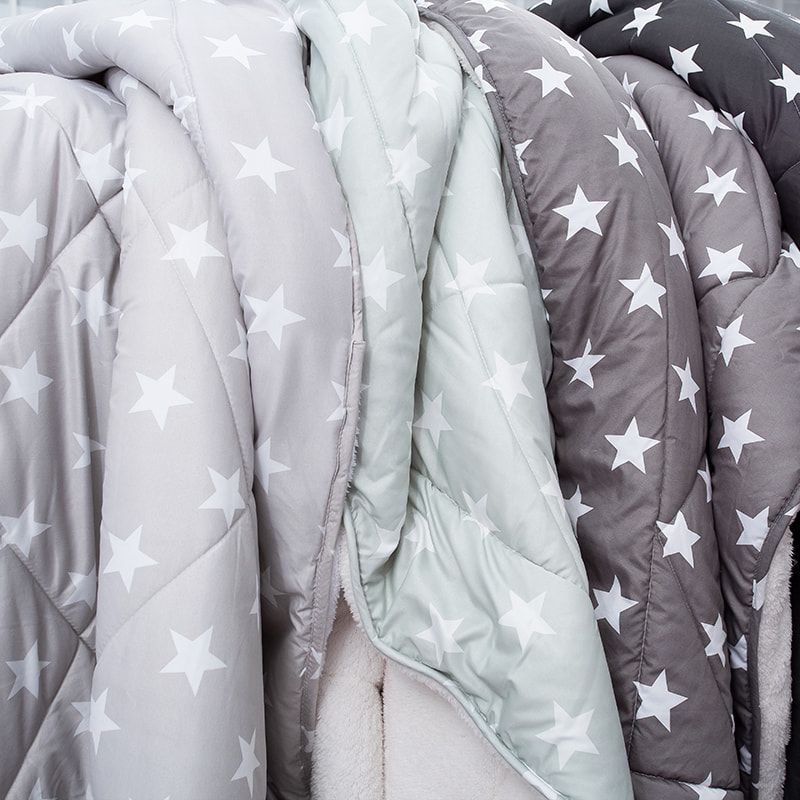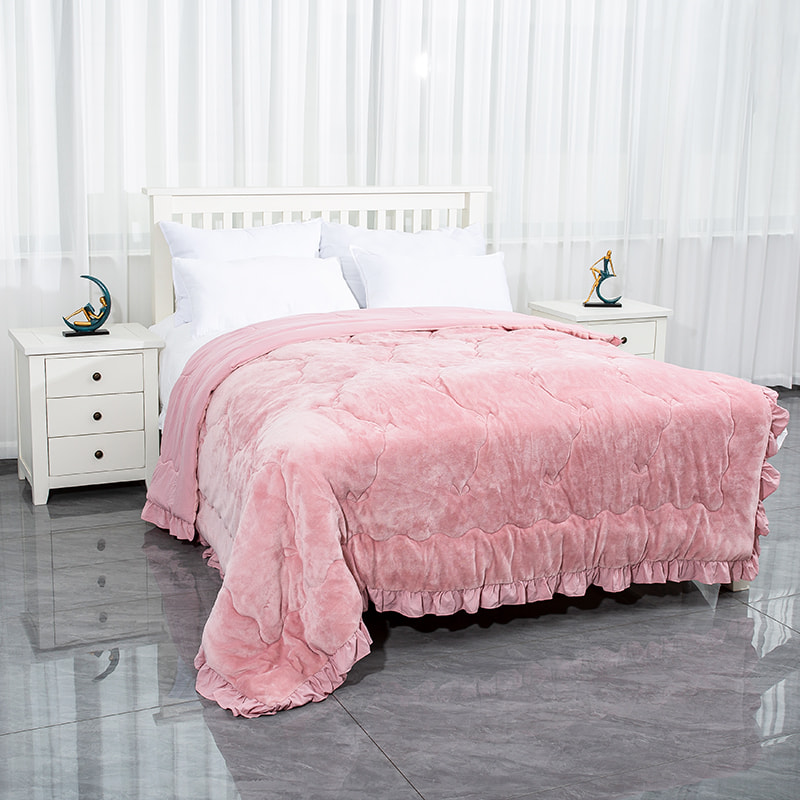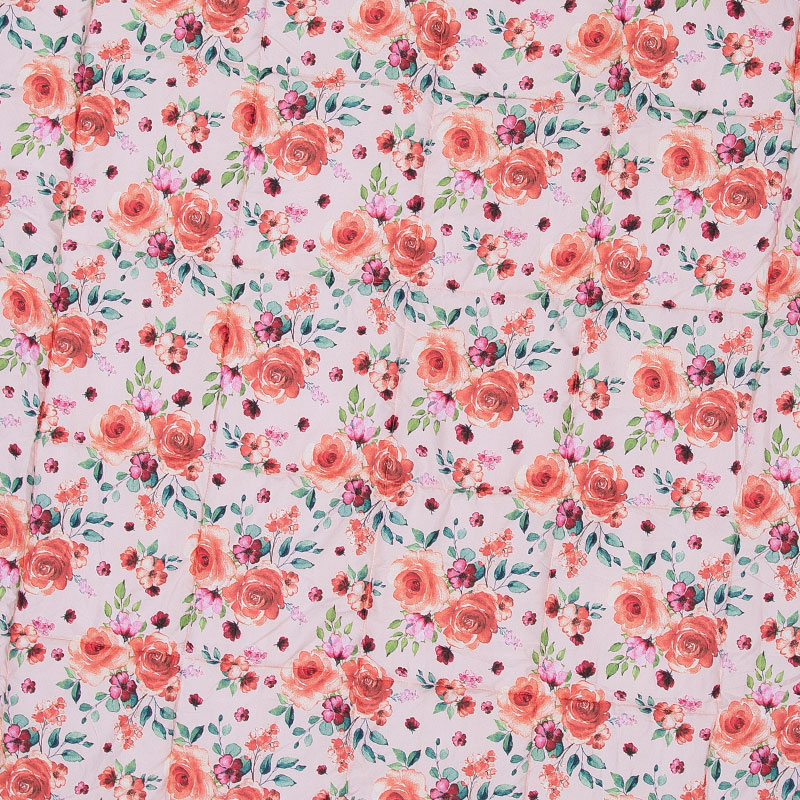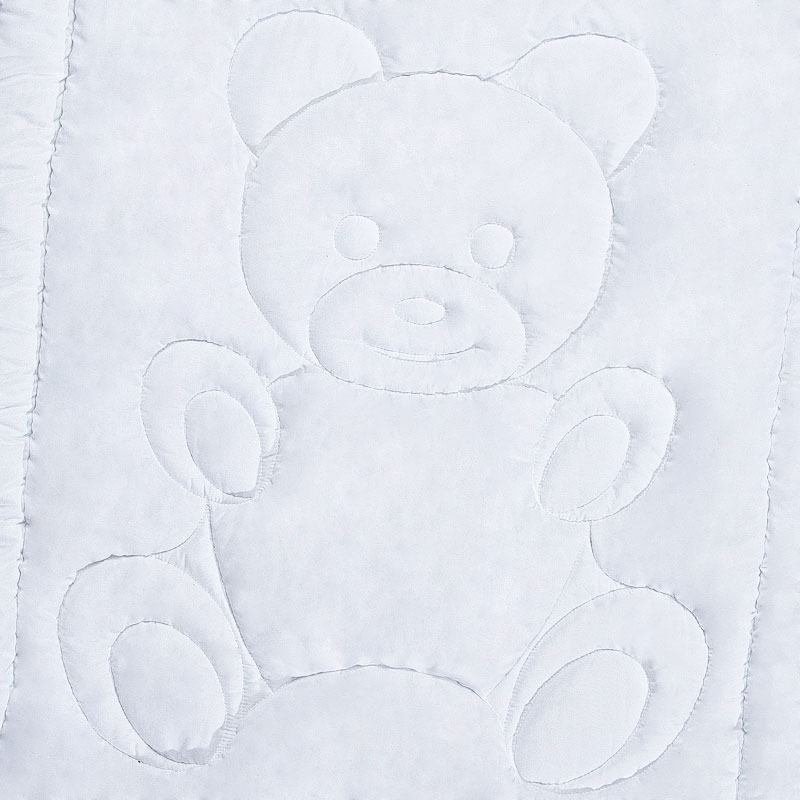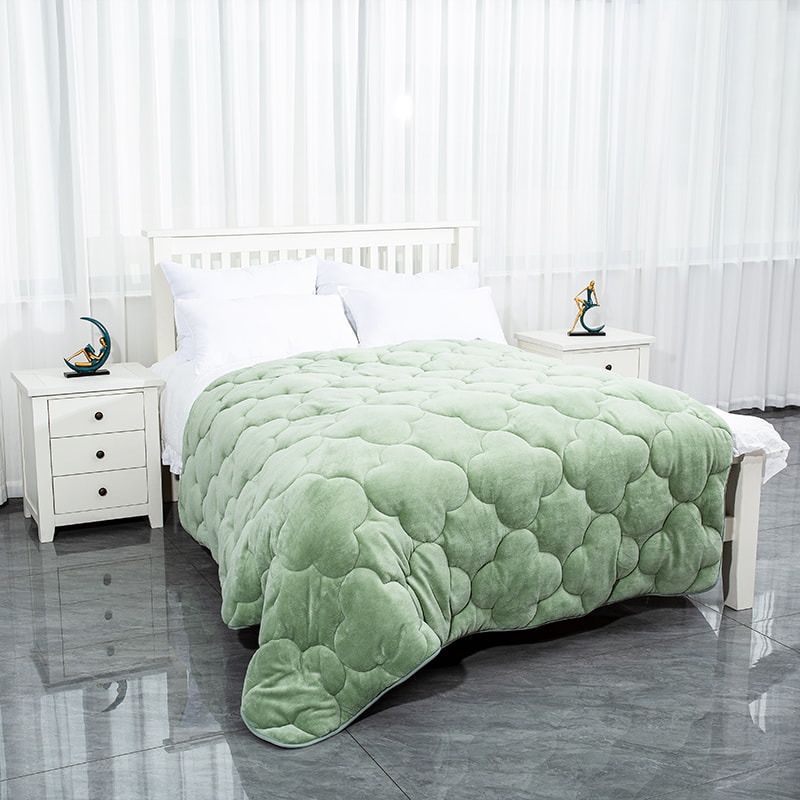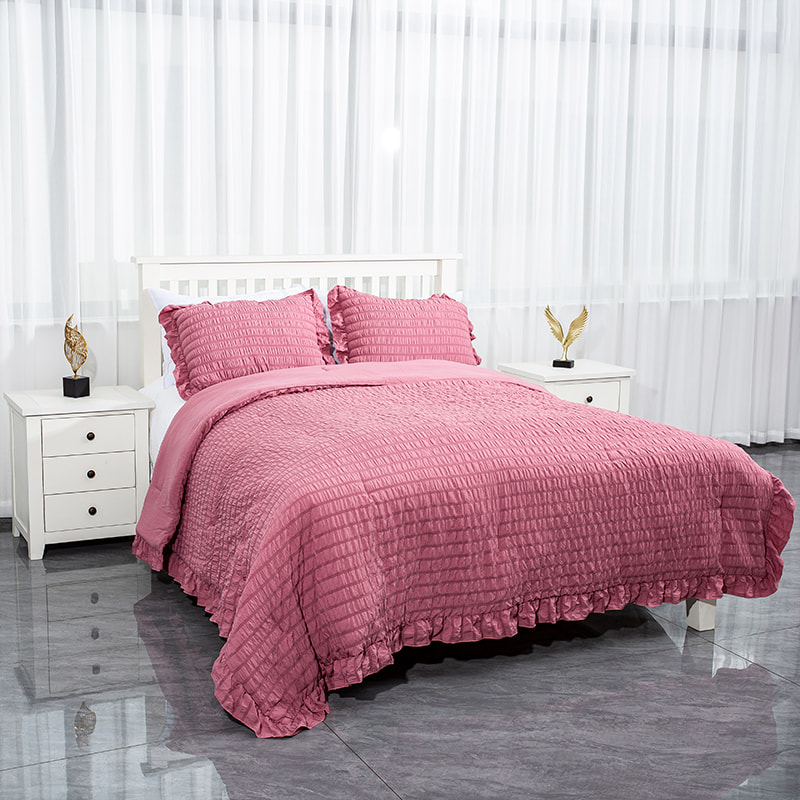What Is Wholesale Ultrasonic Plain Quilt?
Understanding the Ultrasonic Plain Quilt Manufacturing Process
Ultrasonic quilting is an advanced method that bonds fabric layers and filling materials together through high-frequency vibrations instead of traditional stitching. This process creates a smooth and uniform surface without threads, resulting in a cleaner look and a more durable structure. The absence of needle holes helps maintain insulation and prevents fiber leakage. Because the bonding is even and seamless, ultrasonic plain quilts retain a soft texture while offering excellent wear resistance and long-lasting quality. For wholesale buyers, understanding this process means recognizing its role in reducing labor costs and increasing production efficiency.
Benefits of Bulk Purchasing from a Dedicated Factory
Buying directly from a factory rather than intermediaries allows wholesalers to secure competitive pricing, consistent quality, and reliable delivery schedules. A dedicated manufacturing partner provides better control over minimum order quantities, material choices, and production timelines. Factories that specialize in ultrasonic plain quilts can offer custom fabric weights, edge designs, and packaging options. Furthermore, working with one source reduces communication barriers and minimizes logistical delays. Establishing a long-term partnership with a factory also opens opportunities for volume discounts, product innovation, and tailored production planning to match seasonal demand cycles.
Key Considerations When Selecting a Wholesale Supplier
Before partnering with a supplier, it is crucial to assess the manufacturer’s capability and quality assurance system. Confirm production capacity, lead times, and sample approval procedures. Inspect the quilt’s bonding strength, edge sealing, and surface smoothness. A reputable supplier should provide testing reports for wash durability, colorfastness, and fiber safety standards. Ensure that packaging is optimized for export and retail requirements. Evaluate communication efficiency, response time, and after-sales service reliability. These factors collectively determine whether your chosen supplier can sustain stable, long-term cooperation in the competitive bedding market.
How Customization and Eco-Friendly Options Can Add Value
Customization is becoming a key differentiator in the bedding industry. Many factories now allow buyers to specify quilt dimensions, fabric density, color shades, and labeling designs. This flexibility helps retailers and distributors align products with local market preferences. In addition, environmental awareness has influenced modern manufacturing trends. Ultrasonic bonding inherently reduces thread waste and chemical adhesives, making the process more sustainable. Some suppliers also offer quilts made from recycled polyester or organic fibers. For wholesalers, emphasizing eco-friendly production and custom design options enhances brand reputation and meets the growing demand for responsible sourcing.
Market Trends and Hotel Use Cases for Plain Ultrasonic Quilts
The hospitality industry continues to be a major consumer of plain ultrasonic quilts. Hotels and resorts prefer bedding that combines durability, cleanliness, and aesthetic simplicity. Ultrasonic quilts meet these needs by withstanding repeated machine washes while maintaining a neat, wrinkle-resistant surface. The plain design suits various interior styles, making them a practical choice for large-scale furnishing. Meanwhile, in retail markets, minimalism and easy-care textiles are driving new growth. Consumers appreciate lightweight, breathable, and affordable quilts that require little maintenance. As a wholesale buyer, tapping into both hospitality and consumer segments can significantly broaden your business reach.
Practical Tips for Retailers and Distributors in Sourcing
To ensure a successful sourcing process, start by requesting authentic production samples that reflect full-scale manufacturing quality. Evaluate the quilts after several wash cycles to test shape retention and bonding strength. When comparing quotations, pay attention to fabric composition, fill weight, and packaging specifications to ensure accurate cost comparison. Negotiate pricing based on tiered volume discounts to secure better margins. For international orders, verify that the supplier provides proper documentation for customs clearance and shipping. Plan inventory strategically by forecasting demand peaks and ensuring timely replenishment to avoid stock shortages during high season.
In summary, ultrasonic plain quilts represent a practical and profitable product line for wholesale businesses. Their simple design, efficient bonding technology, and versatility make them ideal for a wide range of applications—from hotels and hospitals to retail stores and online distributors. Partnering with a reliable factory not only ensures consistent quality but also enhances long-term business sustainability. By focusing on customization, eco-friendly materials, and strategic sourcing, wholesalers can capture a larger share of the global bedding market and strengthen their competitive edge.
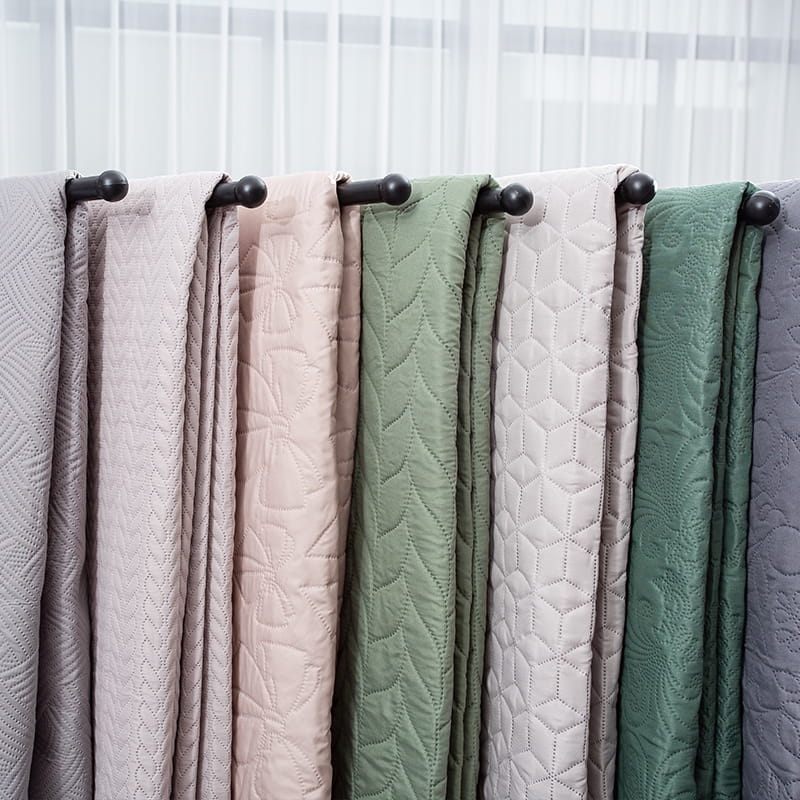

 English
English 中文简体
中文简体 Español
Español previous post
previous post
